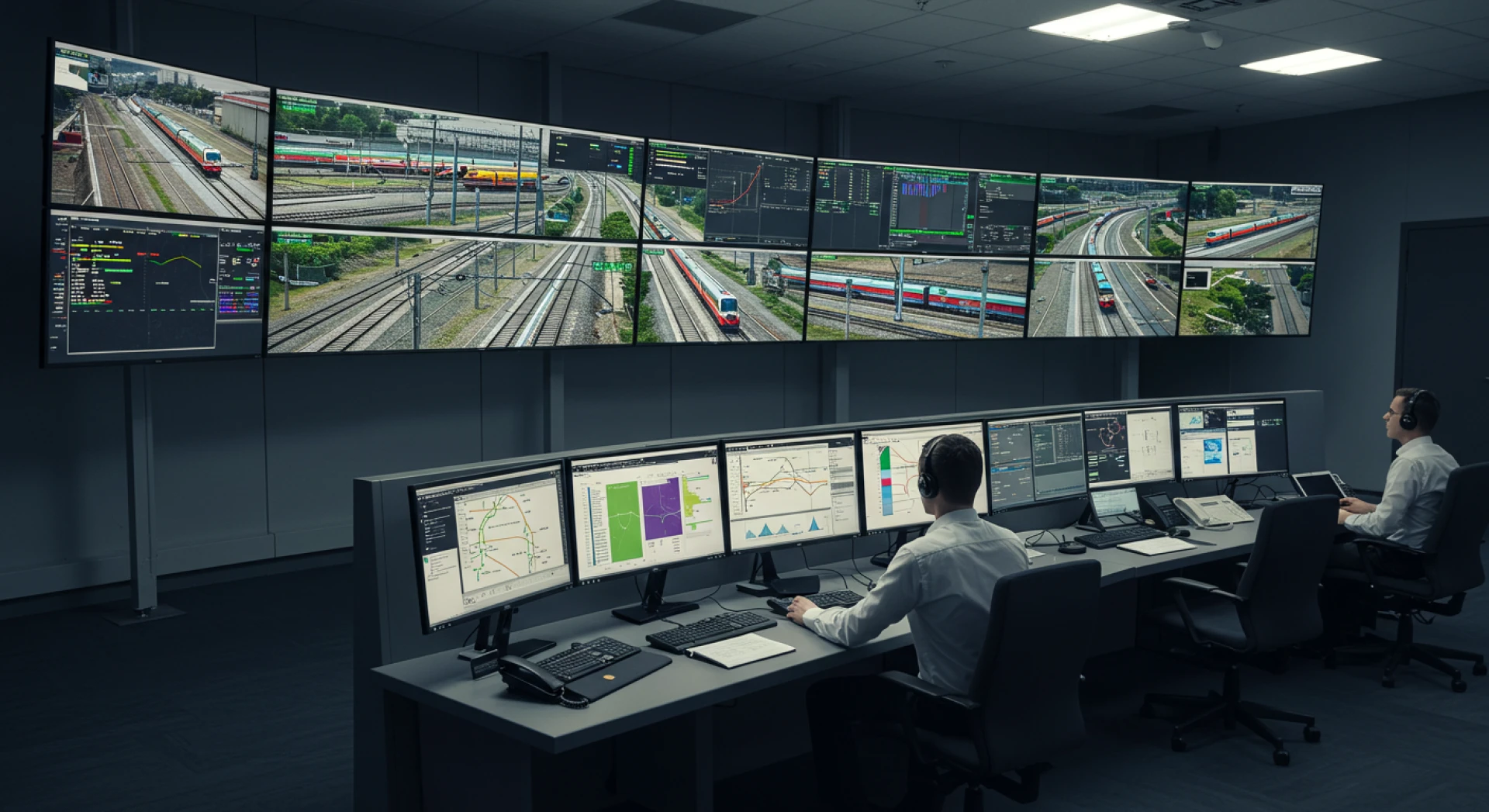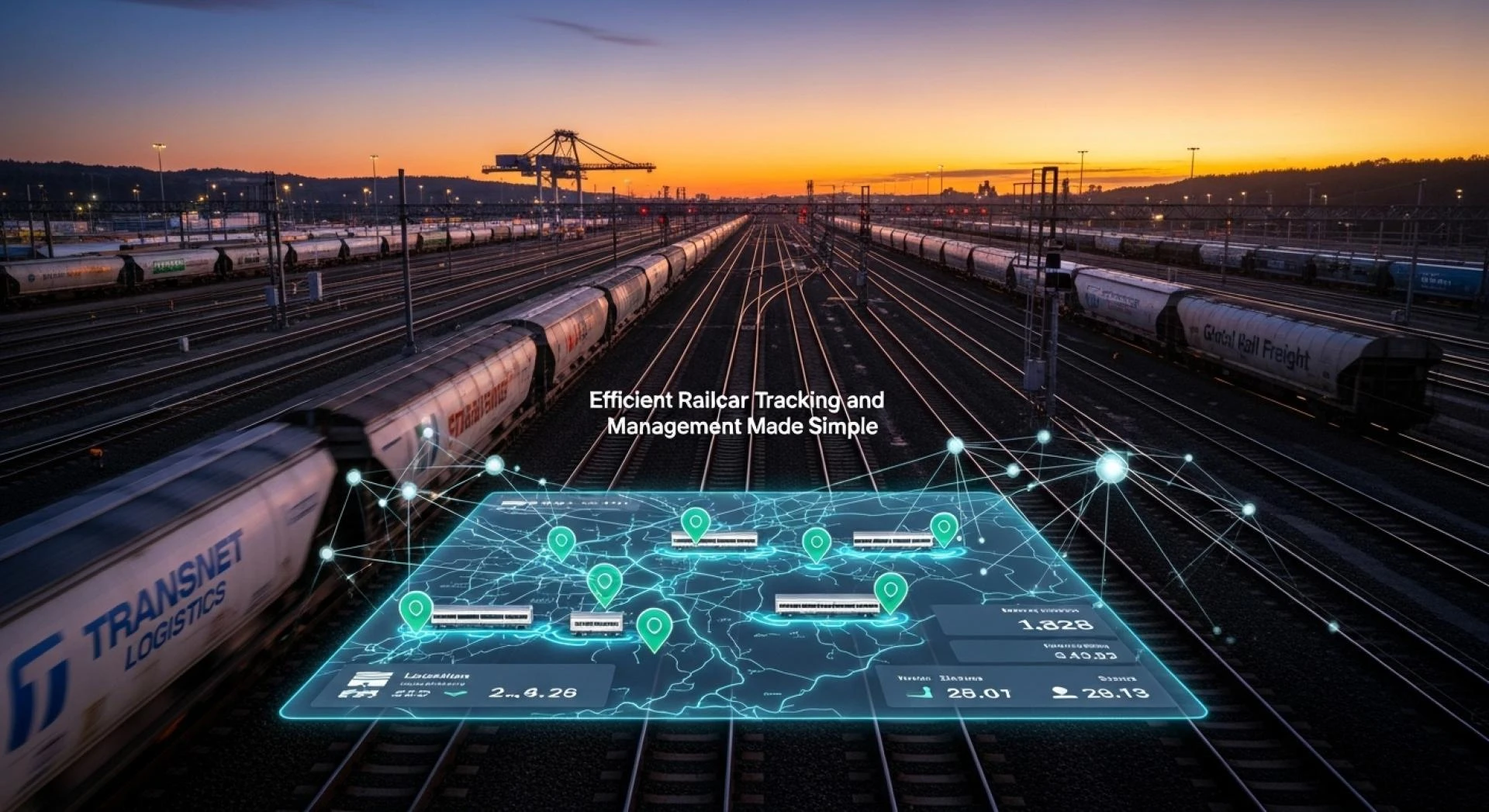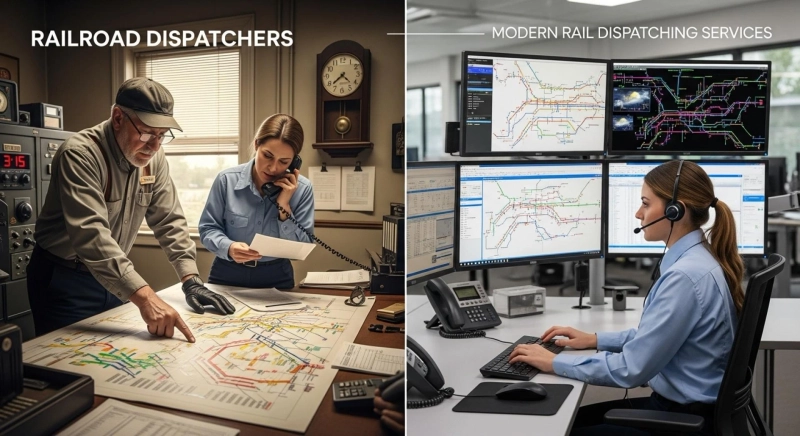Modern railroad operations largely depend on coordination, timing, and safety. At such a stage is the train dispatcher, a person whose job is to coordinate train movements between schedules of tracks and operational conflicts. Supported by experience, today’s rail dispatching services, along with technologies like railcar management software, has helped in making the railroad operations-efficient and safe-throughout the country.
What is a Railroad Train Dispatcher?
A railroad dispatcher is like an air traffic controller, but they control trains, not airplanes. Their primary responsibility is:
· Directing trains clear of crashes or delay.
· Scheduling with terminals and crews.
· Monitoring signals and switches throughout the system.
· Dealing with emergencies such as breakdowns, weather, or unexpected delays.
Central dispatchers often labour in centralized control centres where they plan train movement across enormous portions of geography. They are responsible for getting freight and passenger trains moving effectively and safely.
Central Railroad Dispatch Services
It is the system through which train movement for multiple lines or areas is managed in a centralized manner. Instead of each line of rails doing its own dispatching independently, central dispatch arranges operations with improved coordination.
Benefits of Central Rail Dispatching:
· Efficiency: Consolidated decision-making avoids duplication of effort.
· Safety: Central observation ensures consistent application of safety measures.
· Scalability: Large networks can be managed from a central hub using advanced communication equipment.
The system allows railroads to manage large volumes of traffic while maintaining safety standards and regulatory compliance.
Rail Dispatching Services in Modern Railroads
Modern rail dispatching services have evolved to meet the growing demands of freight and passenger services. The services go beyond human touch and employ technology-based solutions that provide real-time data and predictive analysis.

Some of the main features are:
· Monitoring of Signal and Track: Ongoing monitoring of tracks, crossings, and signals.
· Integration of Scheduling: Adjustments in scheduling in the event of delays or emergencies.
· Communication Systems: Open communication lines to train crews, yard managers, and maintenance personnel.
· Regulatory Compliance: That the operations are in conformity with federal and industry safety regulations.
These services are directed towards helping the railroads minimize disruptions, optimize routes, and maintain consistent safety performance.
Railcar Management Software and Its Function
In addition to dispatchers and central service, railcar management software is also a critical component of modern rail operations. This software assists railroads and shippers in overseeing the complete lifecycle of every railcar, right from maintenance tracking to movement scheduling.
Some of the most significant characteristics of railcar management software include:
· Asset Tracking: Monitoring the status and position of railcars in real time.
· Maintenance Management: Monitoring inspection schedule, repair, and regulatory compliance.
· Utilization Optimization: Maximizing railcar assignment and routing.
· Data Analytics: Providing performance, delay, and operational efficiency insights.

By combining dispatching service with railcar management technology, railroads achieve better visibility and control over their assets.
The Future of Rail Dispatching
What is the growing trend for future railroad dispatching services? Maintenance prediction from the cloud, AI-assisted scheduling, and coordination platforms stand to be dispatching's future. This means the dispatcher's role shall remain very important, supporting decisions aided by tools increasingly less prone to human error.
Conclusion
The efficiency and safety of the railroads are founded upon the concerted efforts of railroad train dispatchers, advanced Central Railroad Dispatch Services, and new technologies like railcar management software. All these elements together form the lifeblood of modern rail operations, enabling the flow of trains in a safe, on-time, and undisturbed manner. The development of dispatching in the future will witness even more sophistication with the blending of human expertise with computer technology. RailRCS continues to stand at the forefront of these advancements.


